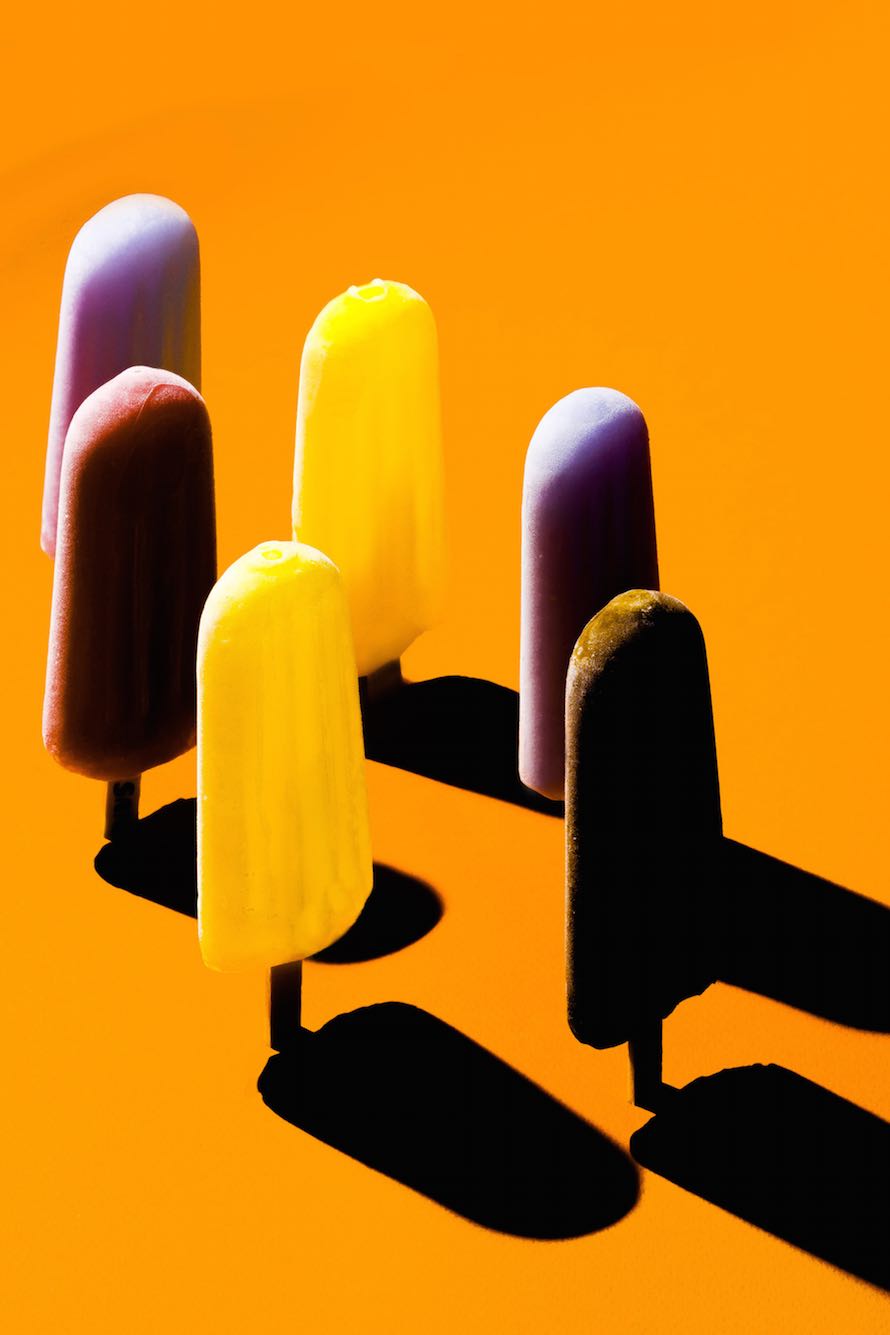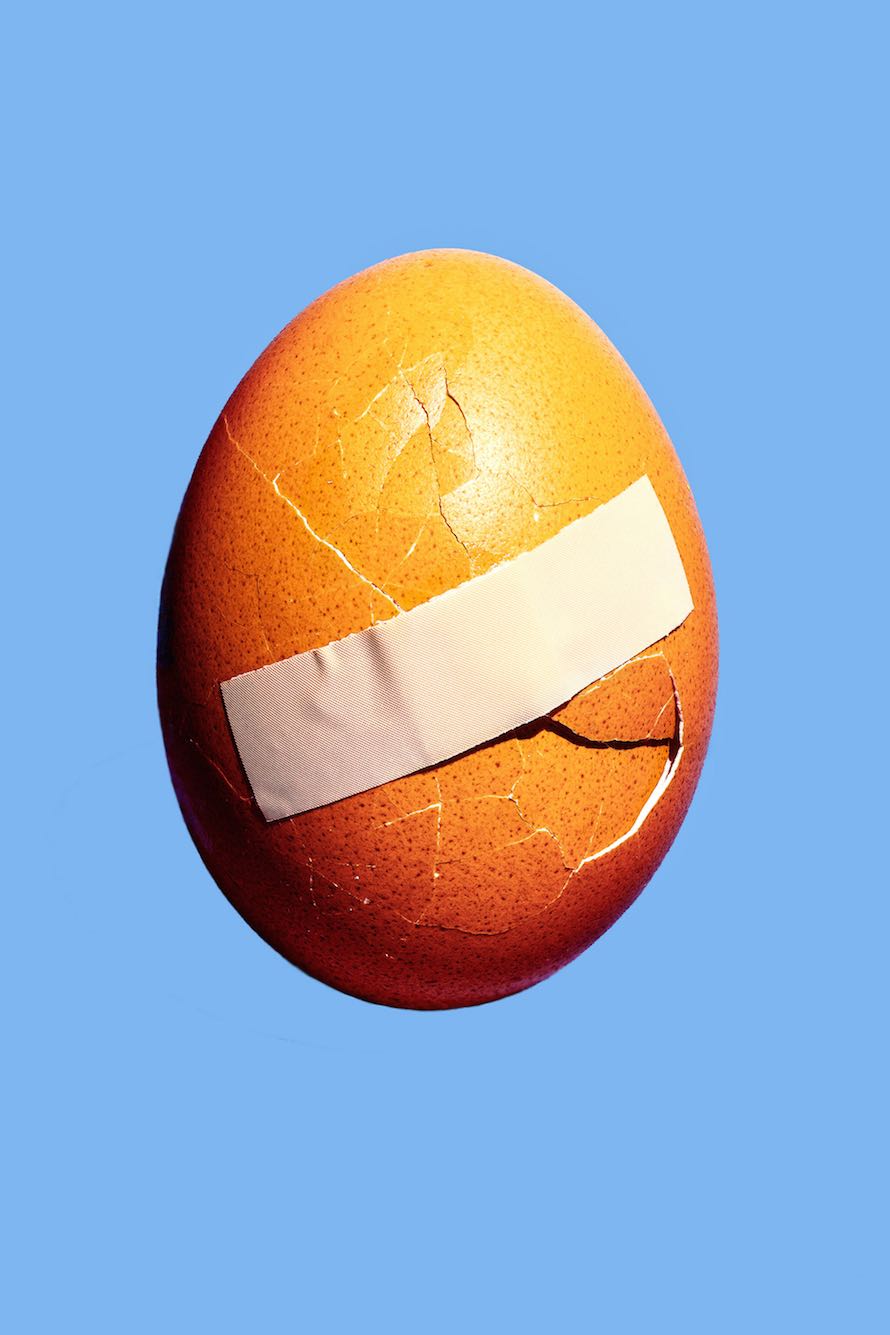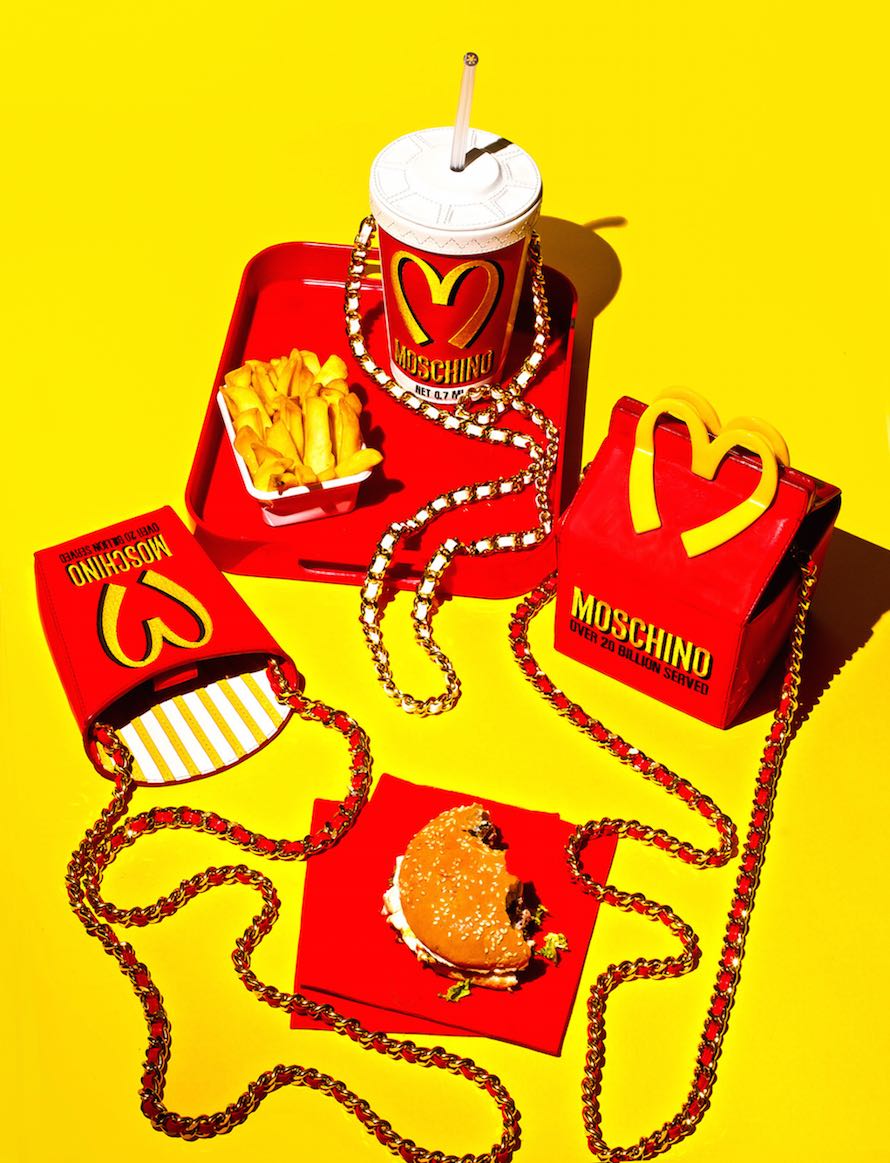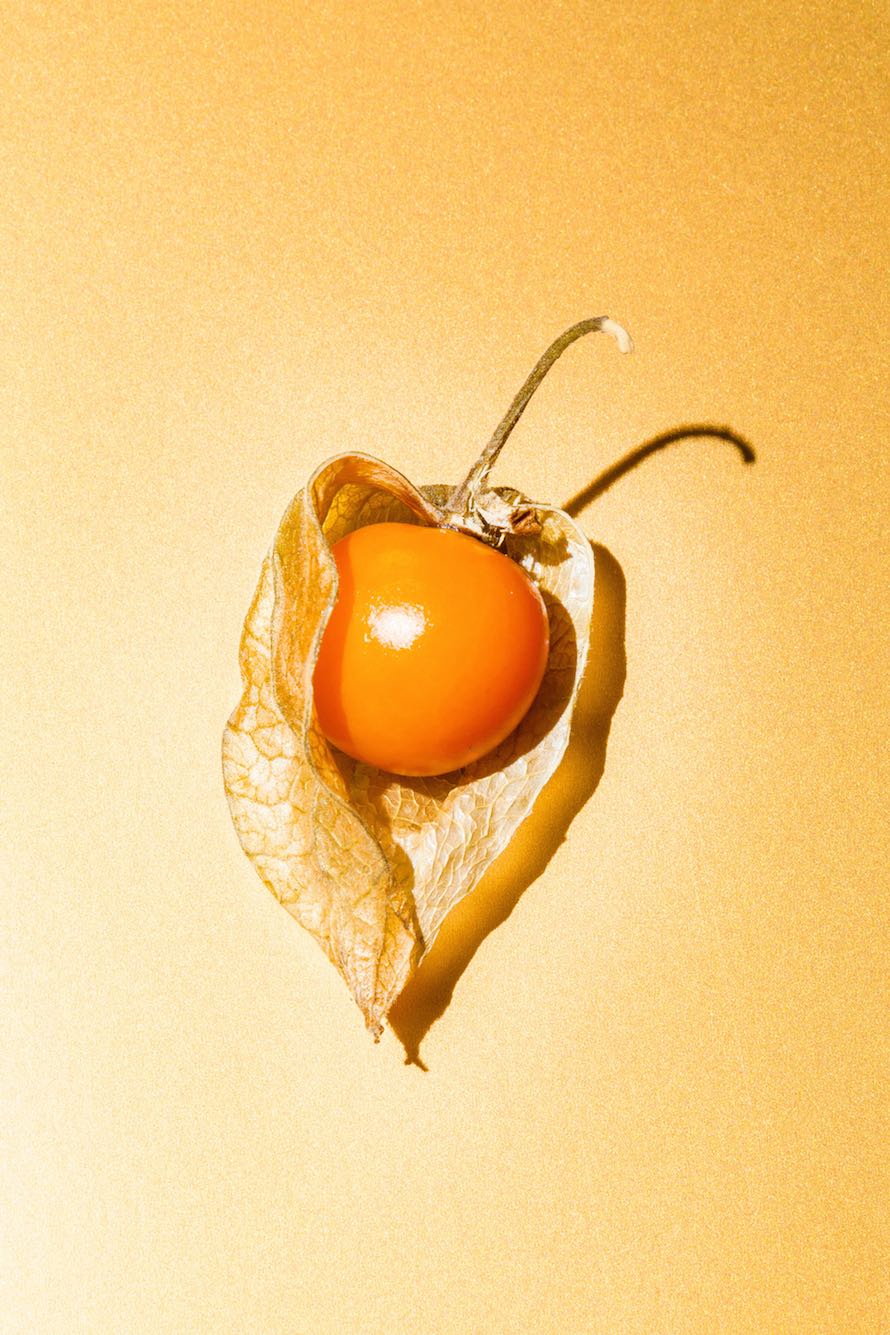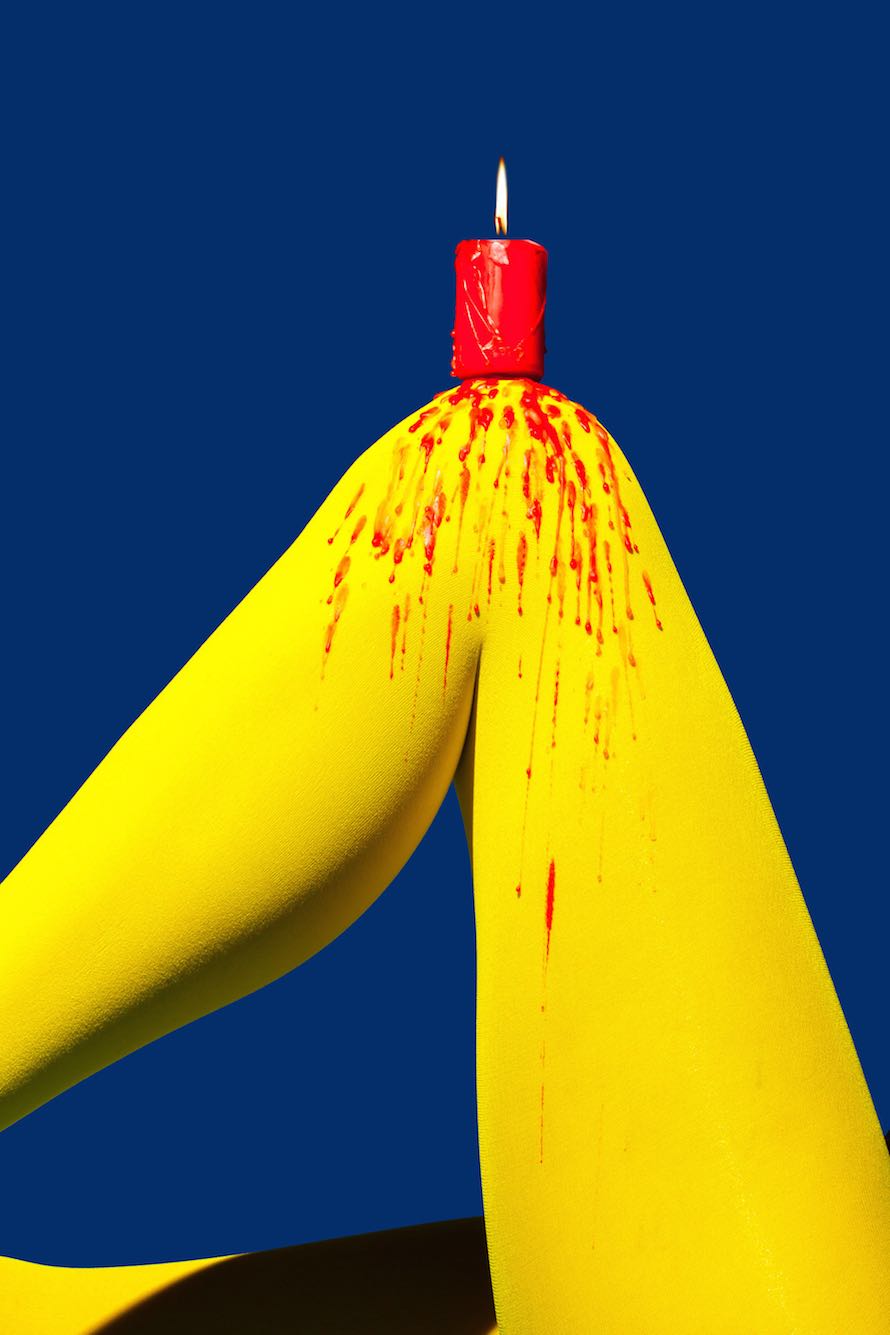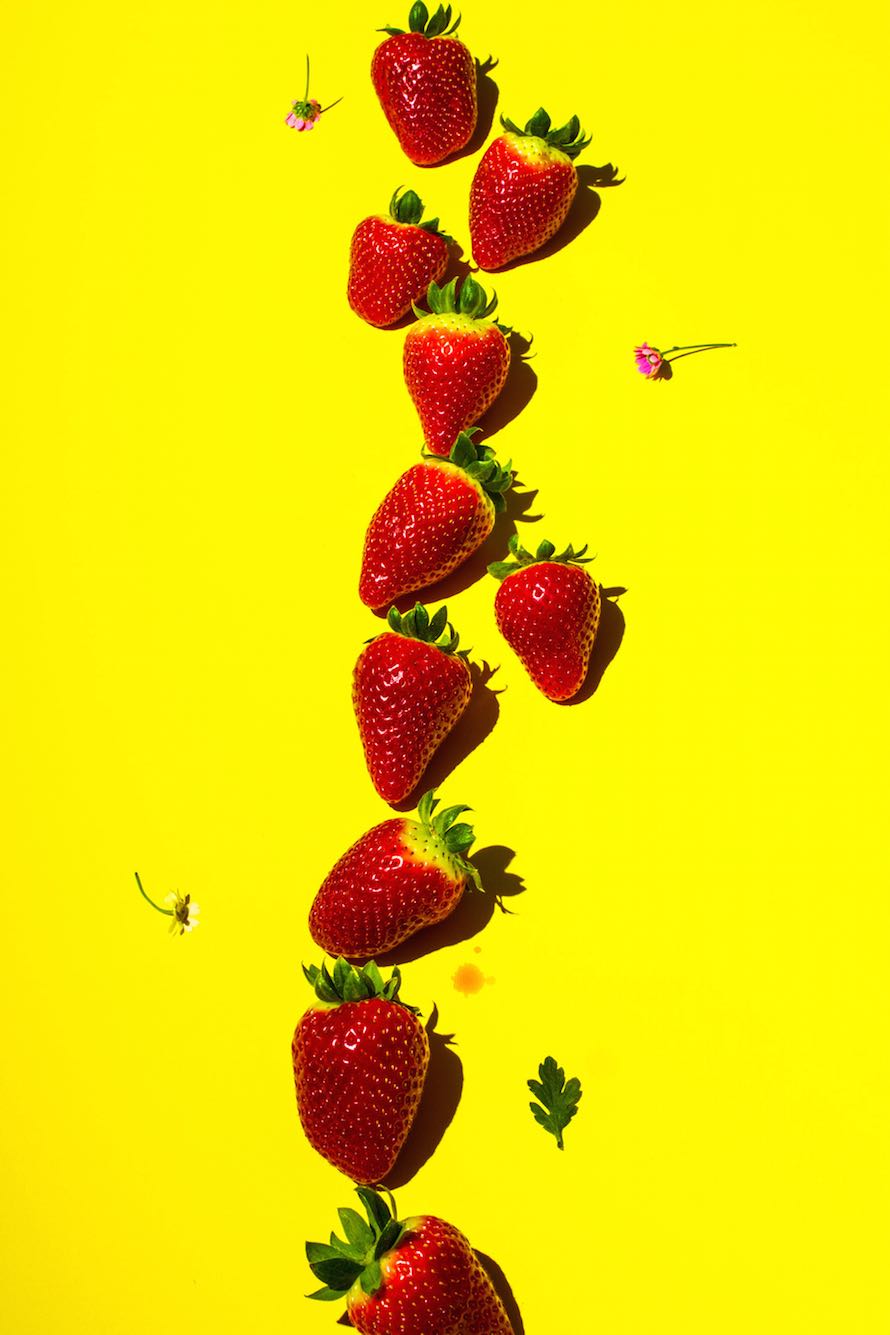Your way with color is both striking and subtle. What colors stand out from your childhood?
Maurizio Di Iorio:I remember blue and grey from my childhood, actually. They were my mother’s favorite colors, and the colors of my clothes. Even later on, as years went by, I’ve always loved minimalism. My passion for bold colors was belated. Maybe it represents some sort of reaction to my previous experiences. My colors represent the violent part of my photography. Through how I interpret and use them in my images, they express the time we’re living in, which is literally deafening, noisy.
TMN:How does an “object” come together?
MDI:In many instances, everything happens fast. The sight of an object suggests to me an idea that I realize in very little time. The toothbrush photo—perhaps the shot I prefer the most—came together in half an hour, post-production included. On other occasions, the journey’s longer, but only because it takes more time to look for objects and props. All my photographs are the result of what I have already imagined precisely. A photograph of mine has rarely been the result of chance, of a casual combination of objects.
TMN:Your still lifes remind me of Jan Groover.
MDI:I’ve been influenced by many artists, even completely different one from the other. And I believe this can be perceived when looking at my works. You’re reminded of Jan Groover, others have named Guy Bourdin, others again have pointed to Pop Art. Personally I can’t define my style; I leave this to other people. I’m kind of a litmus test toward everything I like and am fascinated by. I only try to put together all these visual experiences (which include cinema and painting as well) with my aesthetic ideals.
TMN:If you were to name some artists, specifically?
MDI:It’s a long list, but to summarize: David Lynch, Fellini, Warhol. Among photographers: Eggleston, Tillmans, Guy Bourdin, Irving Penn.
TMN:How often are you attracted to ugliness?
MDI:As a boy, I was attracted only by beauty; I thought an absolute idea of beauty existed. Then I understood that only an absolute idea of harmony can exist, but not an absolute idea of beauty. The most catastrophic moment for the idea of beauty as absolute value was with Van Gogh. The face of the artist, scarred and earless, is the maximum symbol of the break from the concept of beauty that had been in favor until then. Art must confront the present of humankind in every facet—it cannot limit itself to the representation of beauty. Picasso used to say that the worst enemy of creativity is good taste. True. I don’t hold in high esteem at all those photographers who are only attracted by what’s beautiful and want to work only with fashion and young models.
TMN:What’s the most beautiful object in your kitchen?
MDI:A fruit stand that belonged to my mother. I’ve never photographed it. It’s a special object because it reminds me of my childhood.
TMN:What was the first piece of art you ever sold?
MDI:It happened right at the beginning. A girl bought a photograph of a singer from an indie band that I took during a concert. I didn’t feel anything special, maybe because I didn’t consider it an important image.
